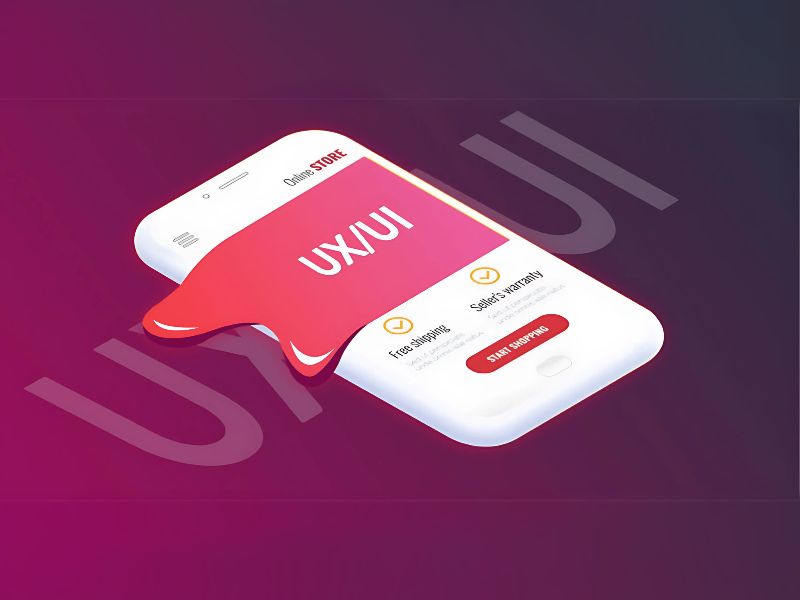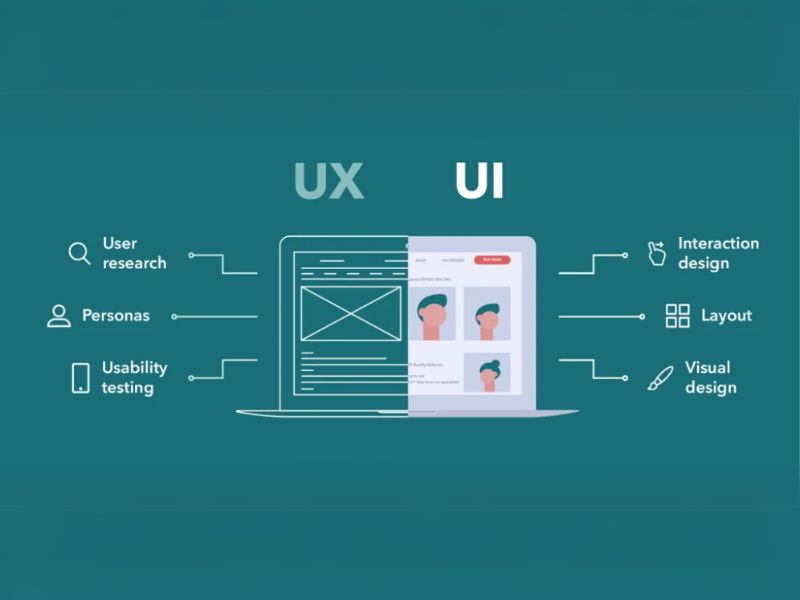When searching for design-related job roles, you may come across the term “UX/UI Designer” and assume that UX (User Experience) and UI (User Interface) are interchangeable. While they are closely related, they are distinct disciplines that serve different purposes in digital product design.
What is UX Design?
UX design focuses on creating intuitive, meaningful, and enjoyable user experiences. UX designers study how users interact with products and services to identify their needs and improve usability. Their primary goal is to reduce friction in user interactions by designing products that are efficient and easy to use.
Key Responsibilities of a UX Designer:
- Conducting user research and interviews
- Developing user personas and journey maps
- Creating wireframes and prototypes
- Ensuring accessibility and usability
- Collaborating with UI designers and developers
A well-designed UX enhances the overall experience, making digital products more functional and user-friendly.

What is UI Design?
UI design, on the other hand, is concerned with the visual and interactive elements of a product, such as buttons, icons, typography, and color schemes. UI designers ensure that users have an aesthetically pleasing and engaging interface.
Key Responsibilities of a UI Designer:
- Designing visual elements like layouts, buttons, and animations
- Implementing branding and style consistency
- Enhancing user interactions through intuitive design
- Creating high-fidelity mockups and design systems
- Working closely with developers to bring designs to life
A well-crafted UI makes digital products visually appealing and easy to navigate.
UX vs. UI: What Are the Differences?
| Aspect | UX Design | UI Design |
| Focus | User experience & interaction | Visual design & aesthetics |
| Goal | Enhancing usability & satisfaction | Creating engaging interfaces |
| Elements | Wireframes, user flows, accessibility | Colors, typography, buttons, layouts |
| Process | Research-driven, iterative improvements | Detail-oriented, focused on design consistency |
| Output | Prototypes, journey maps, usability testing | Mockups, style guides, high-fidelity layouts |

Why Both UX and UI Matter
For a product to be successful, UX and UI must work together. While UX ensures that a product is functional and meets user needs, UI enhances its visual appeal and interaction quality. A seamless blend of both results in better user engagement and satisfaction.
Example: UX vs. UI in an E-Commerce App
- UX Design: Determines how users navigate product categories and complete purchases.
- UI Design: Ensures that buttons, colors, and images create an engaging and smooth experience.
Career Paths: Should You Choose UX or UI?
Choosing between UX and UI depends on your interests and skills:
- If you enjoy problem-solving, research, and user psychology, UX design might be the right path.
- If you prefer visual creativity, typography, and interactive elements, UI design is a great fit.
Skills Required:
UX Designers Need:
- Research and analytical skills
- Information architecture
- Wireframing and prototyping
- Usability testing
UI Designers Need:
- Graphic design and branding knowledge
- Typography and color theory expertise
- Animation and interaction design
- Style guide creation
How to Get Started in UX/UI Design
If you’re interested in UX/UI design, there are many online courses, design communities, and resources available to help you learn the fundamentals. Some great starting points include:
- UX Design: Learn about user research, wireframing, and usability testing.
- UI Design: Explore design systems, animation principles, and interface aesthetics.

Final Thoughts
UX and UI are complementary but distinct fields. While UX focuses on making digital experiences seamless and user-friendly, UI enhances the visual appeal and interactivity. Whether you choose UX, UI, or both, the demand for skilled designers is growing, making this an exciting and rewarding career path.






